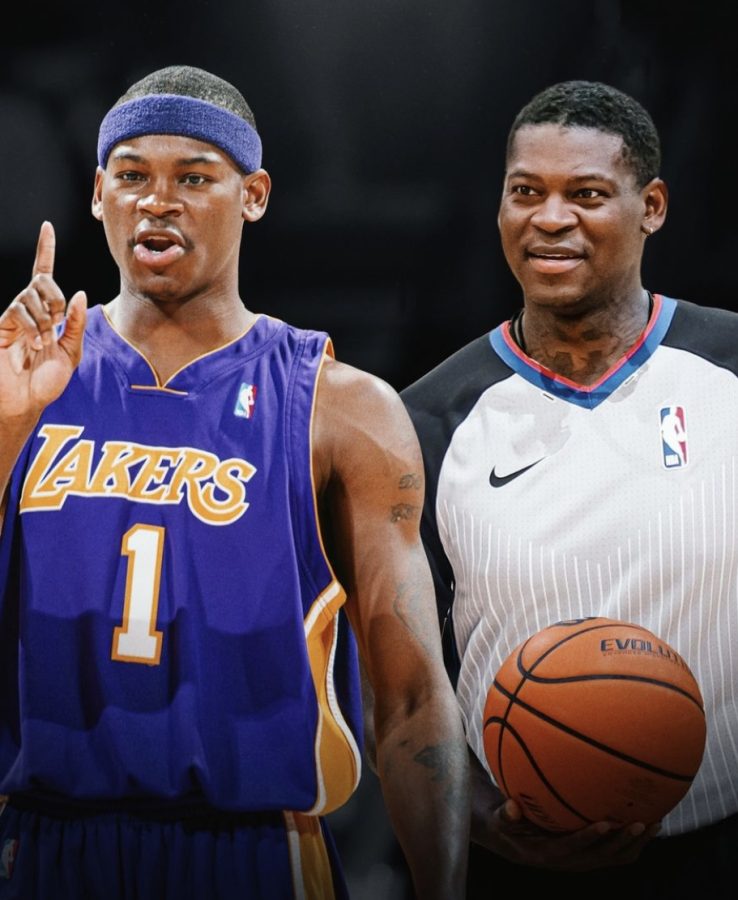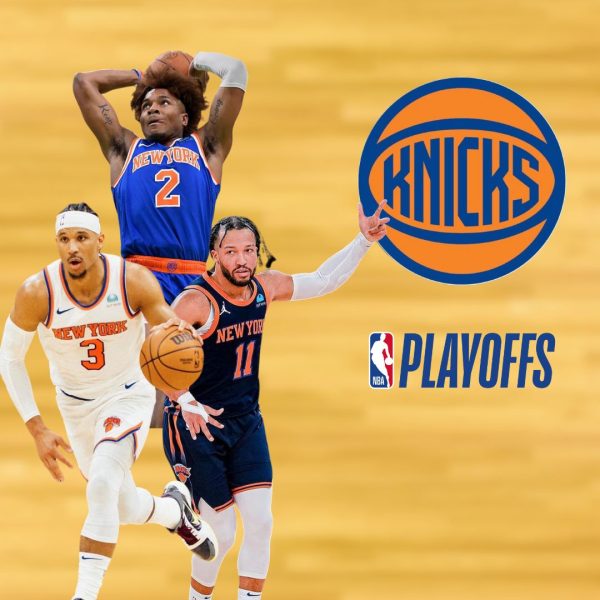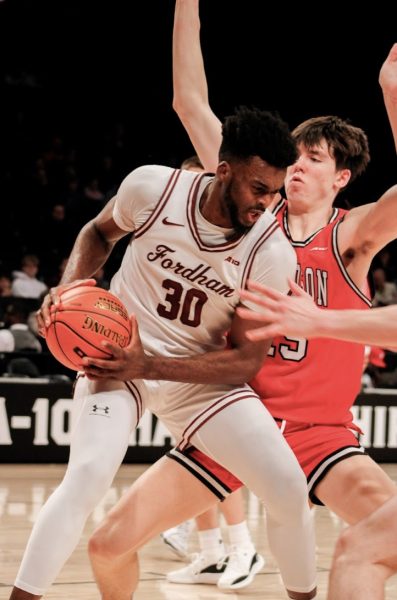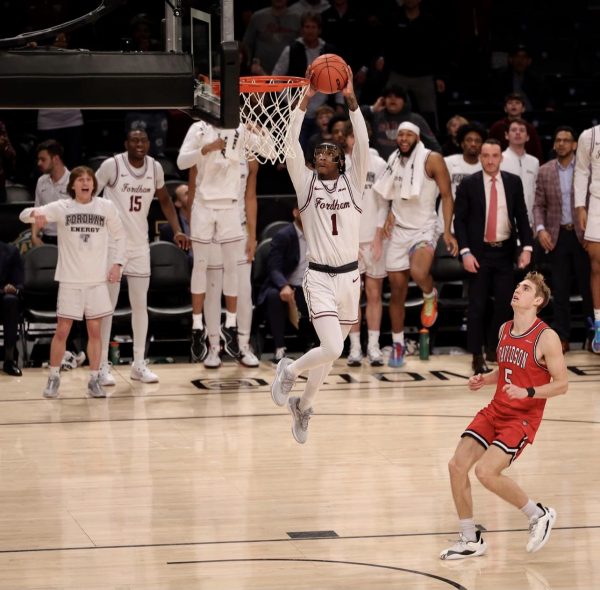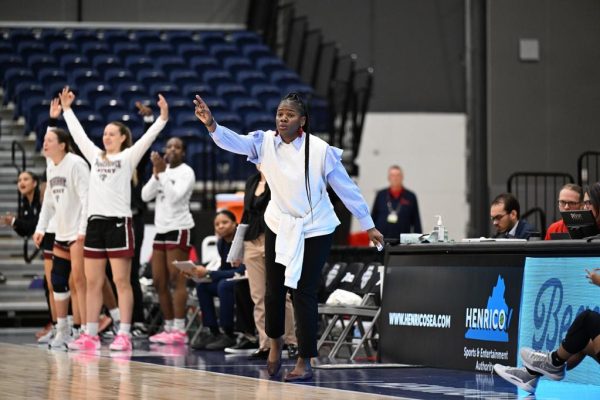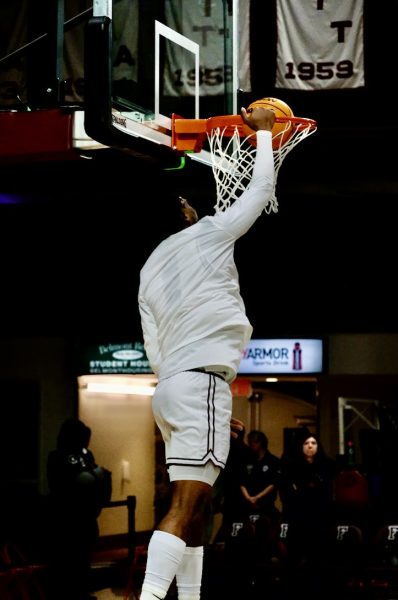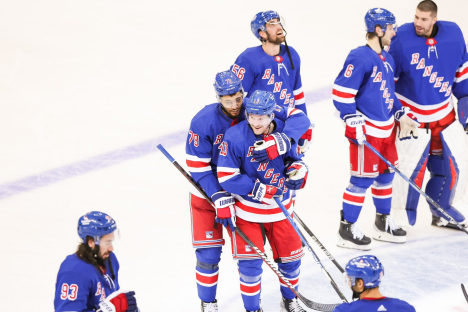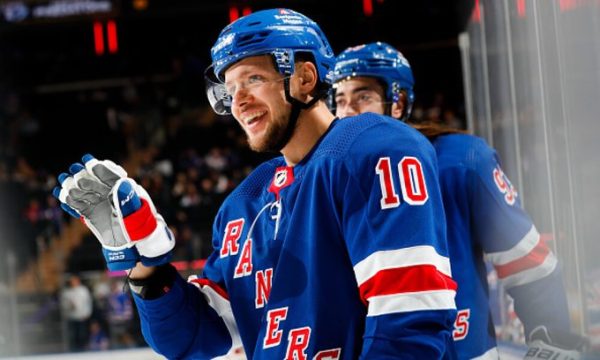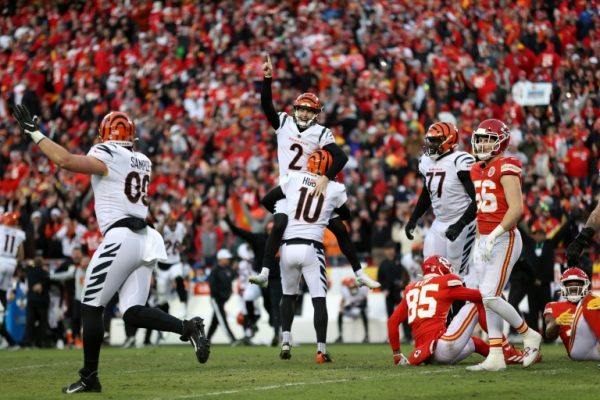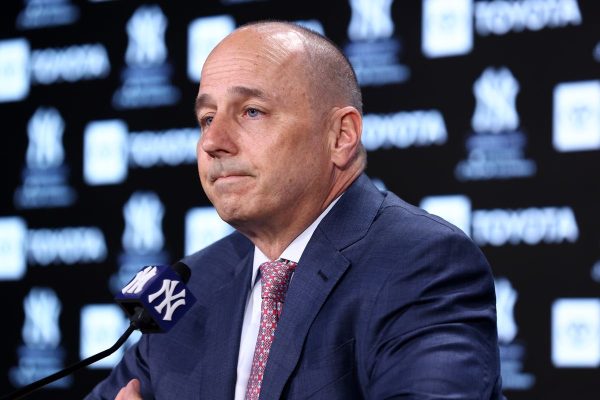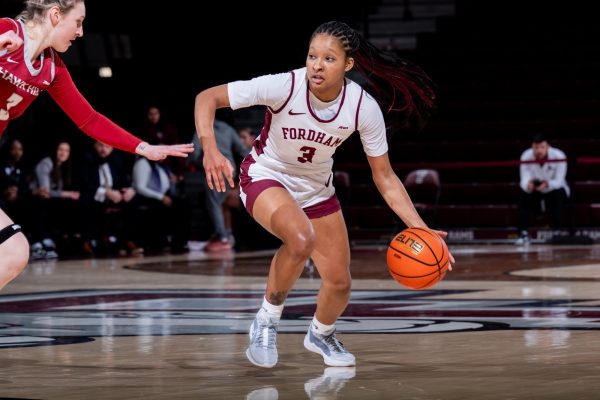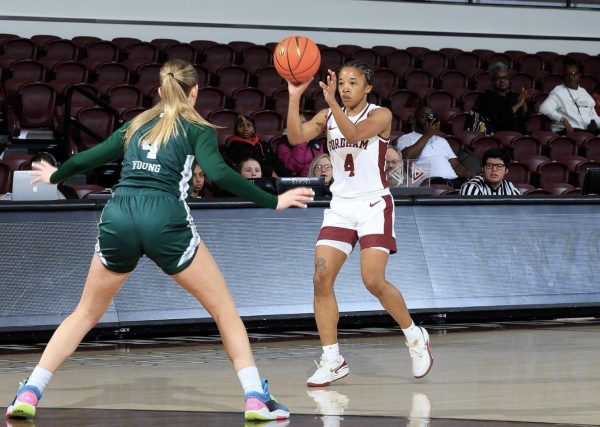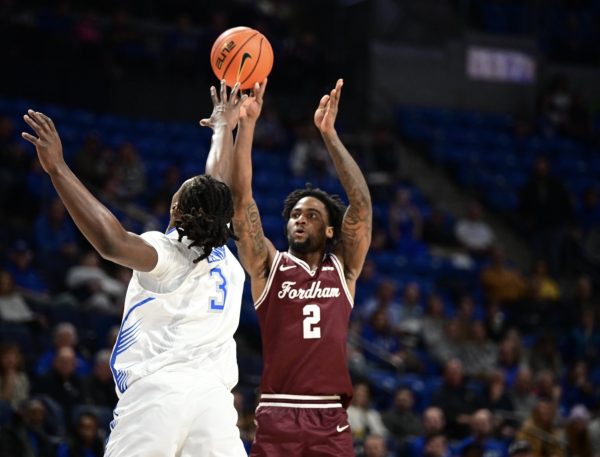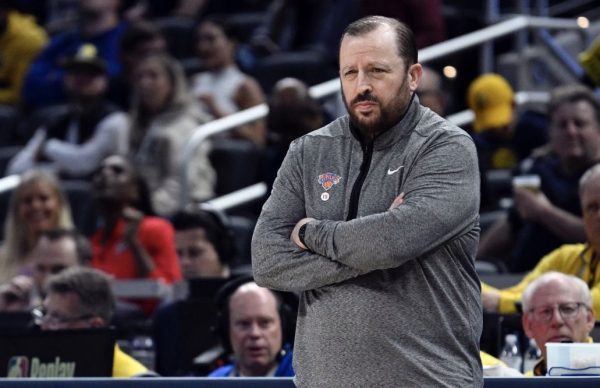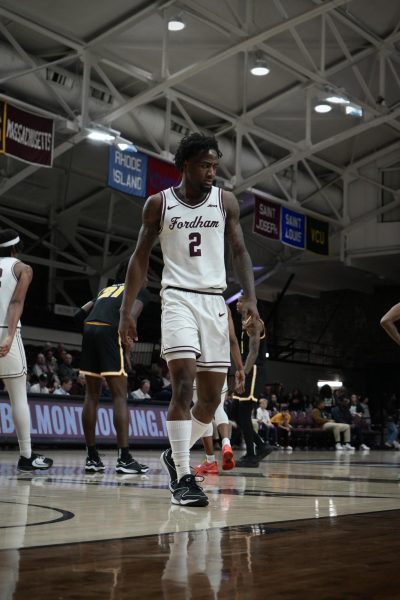Smush Parker and the Hunt for the Best Fordham Player in the NBA
A few weeks ago, it was announced that former NBA player and Fordham University alum William Henry “Smush” Parker is working towards becoming an NBA referee after refereeing for some time at lower levels. For those unfamiliar with the former five-year NBA guard, he is perhaps best remembered as being a public punching bag for the late legend Kobe Bryant. Bryant bashed Parker on multiple occasions, for example in 2012 when he said, “Smush Parker was the worst; He shouldn’t have been in the NBA, but we were too cheap to pay for a point guard. We let him walk on.” Parker would go on to explain years later that Kobe’s hatred went beyond the basketball court when he detailed in 2014, “He told me one day at practice — I tried to talk to him outside of basketball about football. And he looked at me in practice and was dead serious and said, ‘You can’t talk to me. You need more accolades under your belt before you come talk to me.’” Because of these very public quotes from an NBA Hall of Famer and superstar, the ex-Fordham star has had his reputation among the general public significantly damaged. Inspired by Parker’s recent re-emergence into headlines due to his announcement, I was left wondering — was Smush Parker really the best NBA player to come out of Fordham?
I was motivated to take a deep historical dive into not just Parker’s career but also all the other Fordham Men’s Basketball players who played in the NBA to see who was truly the best. To be clear, I will define “best” in this case as the playerwho had the most productive career while in the NBA, not as the player who had the best collegiate career. There have been many stars at Fordham to hold historical school numbers, but there are few who had success at the next level.
Starting from the current year of 2023 and working backwards, there is nowhere else to start but with the 41st pick in the 2019 draft, former Fordham forward Eric Paschall. Paschall should be a familiar name to devoted NBA fans, being a former NBA All-Rookie First Team player in 2020 after averaging a productive 14 points, 4.6 rebounds and 2.1 assists with the Golden State Warriors. Paschall’s promising role, however, quickly diminished after key injured players returned to Golden State. After his rookie year, Paschall spent one more year with the Warriors before being traded to the Utah Jazz in exchange for a second-round pick. Paschall played well in a limited capacity and was eventually signed in the offseason by the Minnesota Timberwolves, but was waived before seeing any on-court action. Paschall made a scratch in the NBA and was a valuable player for a limited time but is disqualified from this list for multiple reasons. First, he only played one season at Fordham before transferring to Villanova University. Second, he is 26 years old and currently a free agent, so it remains to be seen what he will accomplish before he calls it a career.
Looking back 17 years before Eric Paschall’s selection, the next Fordham player to play in the NBA is none other than the man himself, Smush Parker. The Cleveland Cavaliers signed Parker as an undrafted free agent in 2002. He bounced around his first few years, playing for the Cavs, the Pistons and the Suns in three consecutive years until he reached his apex in 2006 with the Los Angeles Lakers. Parker put up career highs in almost all major statistical categories, averaging 11.5 points, 3.3 rebounds, 3.7 assists and 1.7 steals. These are all extremely solid numbers and playing 33.8 minutes a game while starting all 82 is the definition of reliable. After this career year, Parker had one more productive year with the Lakers before having stints getting limited minutes with both the Miami Heat and Los Angeles Clippers. Although he fizzled out fast, Parker had a respectable career and deserved to be treated as such.
Before Paschall and Parker, there were only eight players to be rostered on an NBA team from Fordham University. Of these eight, only three played more than one season. The most recent of these three is center Dan O’Sullivan. O’Sullivan was undrafted in 1990 and played six seasons in the league. Five of these years were played exclusively in a reserve role. His only notable season came in 1996 when he played in five games for the Toronto Raptors, averaging 27.8 minutes a game with a mild 6.6 points and 6.4 rebounds. Although impressive to play six seasons in the NBA, O’Sullivan had a lackluster career with limited to note, which certainly rules him out from being the best Fordham player in the pros.
Before O’Sullivan, the only other notable players with NBA success were guard Kenny Charles and forward Ed Conlin. Charles, a third-round pick for the Buffalo Braves in 1973, played five years in the league for both the Braves and Atlanta Hawks. He had solid numbers in both the 1975 and 1976 seasons, putting up low double-digit scoring averages, along with around 2.5 assists and rebounds apiece. Aside from these few years, he did not leave much of an impact in the NBA and would fall out of the league by the age of 27.
This last leaves us with Fordham legend Ed Conlin, who, as a college player, led Fordham to a regular season championship in the now-dissolved Metro New York Conference. During his senior season in college, Conlin put up monster averages of 25 points and 21.4 rebounds a game. So, how did he fare in the NBA? After being drafted fifth overall by the Syracuse Nationals in 1955, Conlin recorded seven productive seasons. While never an All-Star, he still played very well, recording four double-digit scoring seasons in the NBA, the most of any Fordham alum. Although his uptick in scoring could be reflected by the overall increase in points per game across the league, his numbers and impact should not be understated. He played in two conference finals, playing 20+ minutes in the 1956 Conference Finals. In this series, he was even the Nationals leading scorer in one of the games with 19 points. Conlin was a key contributor to his team while playing hundreds of games beside NBA Hall of Famers and legends such as Dolph Schayes, Wilt Chamberlain and Paul Arizin, who were each named to the NBA 75th Anniversary Team.
After laying out the options, the three candidates for Fordham’s best player in the pros are clear. Is it Eric Paschall and his productive 14 points per game (PPG) season in the modern NBA against some of the most athletic and talented defenders to walk the earth? Is it Smush Parker, who, although he had a poor reputation, was a solid starter on winning teams? Or is it Ed Conlin, the fifth overall pick and playoff player in an era of basketball where outside of a few superstars is largely forgotten?
It is certainly a debate, but I would give Conlin the edge due to relative longevity and consistent scoring while contributing to reasonable postseason success. However, Parker is right behind him, and his years of solid play should help him transition to being a stellar referee at the professional level. Although the list of Fordham players to make the NBA is relatively low, it will undoubtedly grow as the program continues to improve drastically, along with the Atlantic 10 pumping out NBA players annually.

